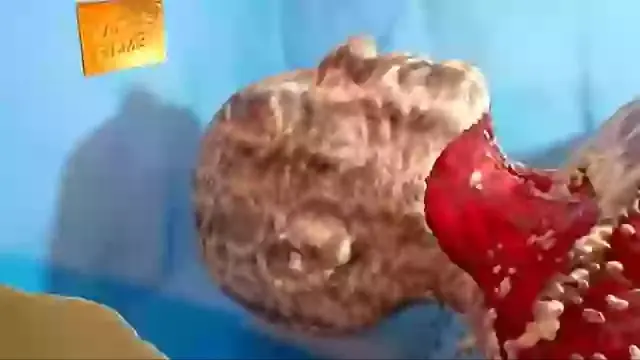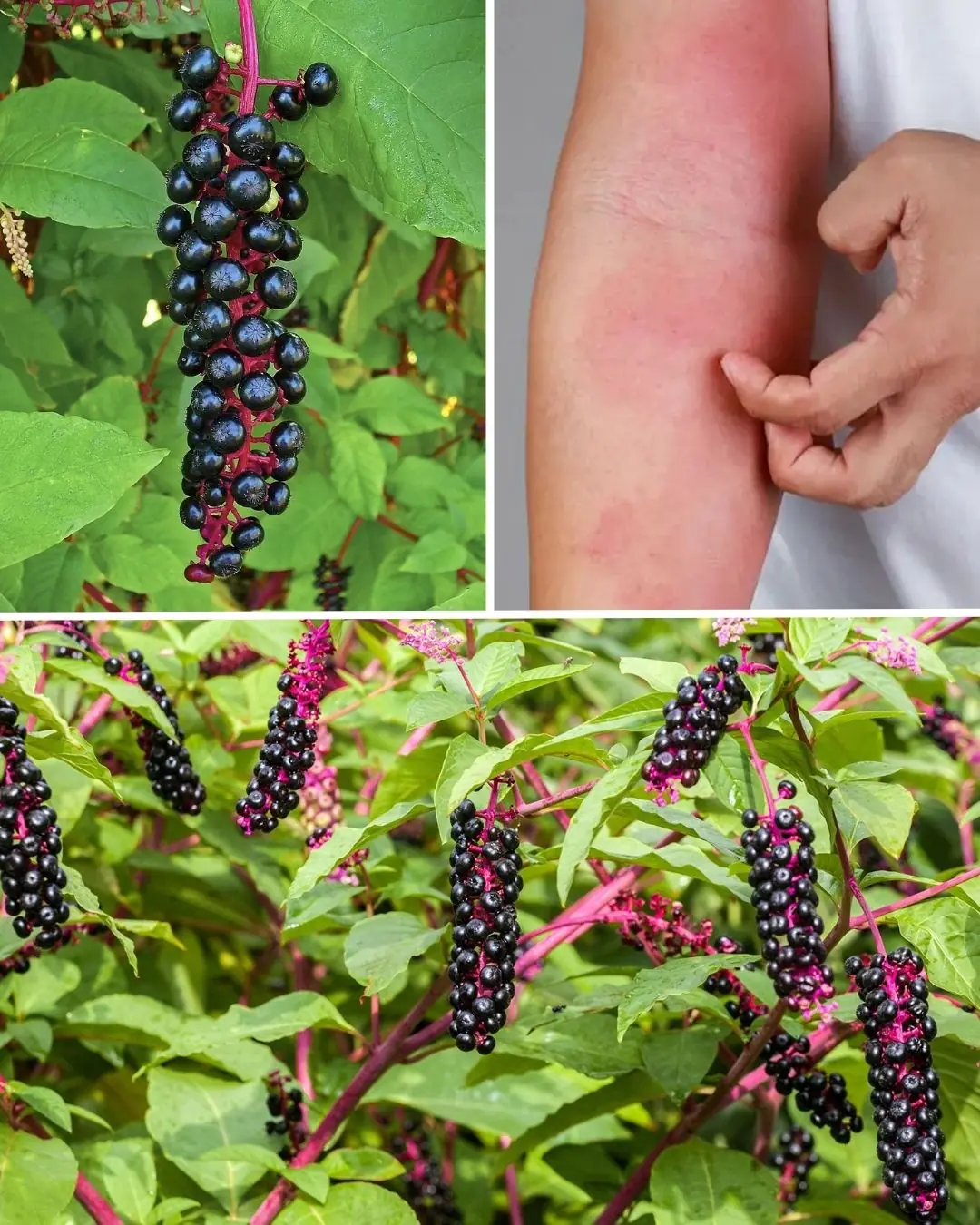
Texas announces major plan to fight flesh-eating flies as they prepare to descend on the US
Texas Braces for Potential Invasion of Flesh-Eating Flies, Launches Aggressive Countermeasures
Texas may soon face a severe biological threat as state officials unveil a comprehensive plan to combat the spread of flesh-eating flies—an invasive pest capable of inflicting catastrophic damage on livestock and wildlife populations. While the world contends annually with an array of natural hazards—from destructive weather events to harmful fungi—many people underestimate just how devastating insect infestations can be when left unchecked.
Just last year, certain parts of the United States endured what some experts called the most extensive insect invasion in centuries, a phenomenon so extreme it was likened to plagues described in ancient biblical accounts. Now, the looming danger for southern states, especially Texas, could prove even more destructive if immediate action isn’t taken.
According to Ars Technica, the state has unveiled a sweeping initiative to target the New World Screwworm, a particularly lethal species of flesh-eating fly. This parasite threatens to decimate both domesticated herds, such as cattle and sheep, and native wildlife that form a crucial part of Texas’s ecological balance.
What exactly are New World Screwworms?
These flies, whose scientific name is Cochliomyia hominivorax, are notorious for their grisly reproductive cycle. The females deposit hundreds of eggs into open wounds or natural orifices of warm-blooded animals. Once hatched, the larvae bore into living tissue, consuming their host from the inside out. This gruesome feeding process leads to severe injuries, infections, and often death. Their name comes from the twisted, corkscrew-like shape of their larvae, which drill deep into flesh as they grow.
The economic and ecological stakes are enormous. Infected animals often have to be euthanized, leading to major losses for ranchers. Endangered species, already vulnerable due to habitat loss and climate change, face an even greater risk of being wiped out in localized populations.
A proven method, but a renewed threat
Historically, eradication programs in the Americas succeeded in wiping out Screwworm infestations by employing the Sterile Insect Technique (SIT). This approach involved exposing male flies to gamma radiation to render them sterile without impairing their mating behavior. Since females mate only once in their lifetime, introducing sterile males into the environment drastically reduced population numbers over time.
However, recent surges of Screwworm activity in South America have raised alarms that the pest could re-enter U.S. territory. Texas officials are particularly concerned given the state’s proximity to Mexico and the sheer scale of its cattle industry—valued at roughly $15 billion annually.
Texas ramps up defense measures
In response, new sterile-fly production facilities have been established within the state. The USDA has also tightened livestock inspection protocols at southern border entry points, aiming to prevent infected animals from crossing into Texas.
Yet, according to Texas Agriculture Commissioner Sid Miller, relying solely on the SIT method may no longer be enough. “When it comes to safeguarding Texas’ $15 billion cattle industry, we need to focus on action rather than words,” Miller stated. “That’s why I directed our Biosecurity team to develop an advanced Screwworm lure.”
This new synthetic attractant—dubbed TDA Swormlure—mimics the scent of open wounds, luring the flies into traps before they can reproduce. Officials say it will allow for early detection and targeted eradication, especially in high-risk zones. The current infestation threat is believed to be just 370 miles south of Texas, a distance that could be closed in weeks if left unchecked.
Experts warn that early intervention is key. If the Screwworm were to establish itself in Texas, it could take years and hundreds of millions of dollars to eradicate—echoing the costly campaigns of the mid-20th century. For now, the combination of sterile fly releases, heightened border controls, and cutting-edge lure technology offers the state its best hope of keeping this lethal parasite at bay.
News in the same category


Trump is Looking to Change Marijuana Laws in the Us and It Could Have a Major Impact

Decode the secrets behind human fingerprints.

Ch!lling simulation shows what actually happens to your body when you d!e

Scientists issue warning for surprising item people use that's 40 times dirtier than a toilet seat

Scientists reveal what your favorite way to eat eggs really says about you

Truth behind 5,000-year-old Stonehenge mystery as scientists reveal how it was actually built

New report reveals exactly which professions are most at risk from AI takeover in the next five years

12 Small Habits That Could Be Ruining Your Home

Are Brown Recluse Bites Really That Dangerous? Here’s What You Should Know

Blue Stop Signs: What Do They Mean?

16 Subtle Clues Your Partner May Not Be Loving You as You Deserve

15 Phrases You Should Never Tell a Man to Avoid Tension

The UK Has Created a Robot Fish That Eats Ocean Plastic and Powers Itself by Digesting It, Eliminating the Need for a Battery

MrBeast finally reveals his net worth after admitting how much is in his bank account live on stream

Influencer trapped in one of the most remote places on Earth faces brutal fine as legal fate is revealed

The Volume Buttons on Your iPhone Have Countless Hidden Features
Your iPhone’s volume buttons may seem simple, but they’re packed with powerful, time-saving shortcuts. From snapping perfect photos without touching the screen to activating emergency calls in seconds, these “secret” tricks can make your iPhone ex

The reason dogs often chase and bark some people but not others
While dogs are often called “man’s best friend,” not every interaction starts with a wagging tail. Sometimes, a dog will bark, growl, or even run after a person — and the reasons go far deeper than simple playfulness.

Can You Find the Hidden Pipe? Only 2% Can!
News Post

Does Chest Pain Always Mean a Heart Attack?

10 Tasty Snacks Packed With Good-for-You Carbs

Pokeweed: The Attractive but Highly Toxic Plant Growing in Your Backyard

Goosegrass: Health Benefits and Uses

The Powerful Health Benefits of Lipton, Cloves, and Ginger Tea Every Woman Should Know

Drink this before bed to balance blood sugar & stop nighttime bathroom trips!

This vegetable oil linked to “aggressive” tumour growth, study finds

The Miracle Tree: 16 Health Benefits of Moringa & How to Use It

Clove Collagen Gel : Night Gel For A Smooth & Tight Skin

Transform your skin with fenugreek seeds

8 Natural Remedies to Cure Sinus Infections Without Antibiotics

Watch – Mexico City is Converting Highway Pillars Into Vertical Gardens to Clean the Air and Beautify the City

Trump is Looking to Change Marijuana Laws in the Us and It Could Have a Major Impact

The Best Hair Growth Vitamins and Supplements to Fight Hair Loss

Foods to Eat if You Need to Poop – The Best Natural Laxatives to Relieve Constipation

The 4 vitamins this 87-year-old woman takes to stay aging (and you can too)

6 Powerful Castor Oil Benefits for Your Health and Wellness

The Possible Benefits of Himalayan Salt Lamp

The Most Effective Ways to Get Rid of Bumps on Inner Thigh (Backed by Science)
